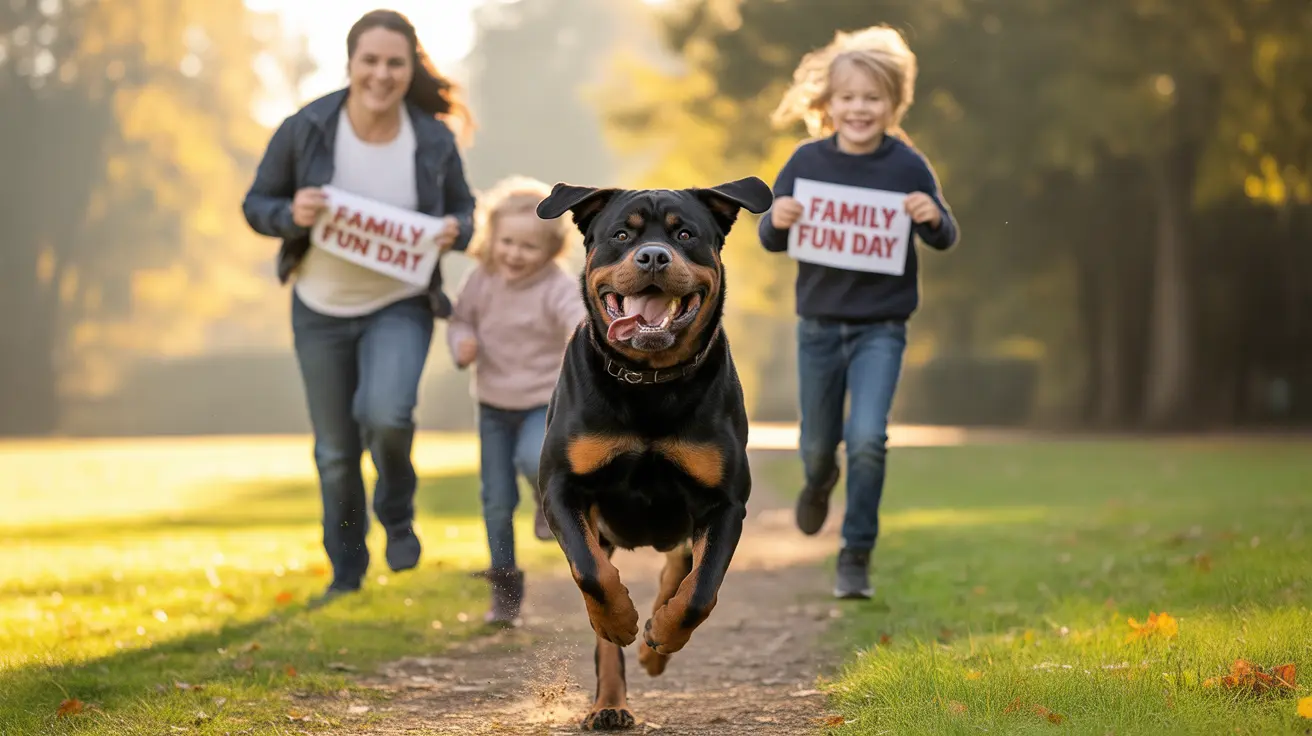Choosing a family dog is a significant decision that requires careful consideration, especially when children are involved. While every dog is unique, certain breeds consistently rank among the worst family dogs due to their temperament, size, or specific behavioral tendencies. Let's explore which breeds might pose challenges in family settings and why.
Understanding these potential challenges doesn't mean these dogs are "bad" - rather, they may require special considerations or experienced handlers to thrive in family environments. This comprehensive guide will help you make an informed decision about which breeds might not be the best fit for your family situation.
Size and Strength Concerns
Large, powerful breeds can unintentionally cause problems in homes with small children. Dogs like the Cane Corso, Rottweiler, and Akita possess tremendous strength that, even without aggressive intent, could lead to accidental injuries during play or excitement.
These breeds often don't realize their own strength and may accidentally knock over children or play too roughly. Additionally, their protective instincts can sometimes manifest in ways that aren't compatible with family life.
Small But Challenging Breeds
Contrary to what some might expect, several small breeds rank among the worst family dogs. Chihuahuas, for instance, are often prone to nervousness and may snap when startled or handled roughly by children.
Jack Russell Terriers, while small, possess high energy levels and strong prey drives that can make them challenging family pets. Their tendency to nip and their sometimes stubborn nature requires consistent training and supervision.
High-Energy and Working Breeds
Some breeds with working backgrounds can struggle to adapt to family life. Border Collies and Siberian Huskies, for example, require extensive exercise and mental stimulation. Without proper outlets, they may develop problematic behaviors like:
- Excessive herding of children
- Destructive behavior due to boredom
- Hyperactivity that can overwhelm young kids
- Difficulty responding to basic commands
Temperament and Training Challenges
Certain breeds are known for independent or stubborn personalities that can make them challenging family pets. Chow Chows and Shar Peis, for instance, often display aloof or territorial behaviors that may not mesh well with the dynamic nature of family life.
These breeds typically require extensive socialization and consistent training from an experienced handler to become well-adjusted family members.
Special Considerations for Families
Before bringing any dog into a family environment, consider these crucial factors:
- The age and maturity level of your children
- Your family's activity level and schedule
- Previous experience with dog training
- Available time for exercise and training
- Your living space and yard size
Frequently Asked Questions
Which dog breeds are considered the worst for families with young children and why?
Breeds often considered challenging for families include Chihuahuas (due to fragility and potential snapping), Rottweilers (due to size and strength), and Chow Chows (due to independent and sometimes aggressive temperaments). These breeds may require experienced handling and careful supervision around children.
What are the common behavioral traits that make certain dog breeds unsuitable for homes with kids?
Common problematic traits include high prey drive, territorial behavior, low tolerance for rough handling, tendency to nip or bite when startled, and strong guarding instincts. These characteristics can create unsafe situations in homes with children.
How can I tell if a specific dog breed will be safe and good with my children?
Research the breed thoroughly, consult with reputable breeders or trainers, and meet several dogs of that breed. Observe their interaction with children, and consider the breed's energy level, size, and typical temperament in relation to your family's lifestyle.
What precautions should families take if they already own a high-risk dog breed around kids?
Implement strict supervision rules, maintain consistent training, create safe spaces for both the dog and children, and teach children proper interaction techniques. Consider working with a professional dog trainer to address any specific concerns.
Are there any small dog breeds that are not recommended for families with toddlers due to fragility or biting tendencies?
Yes, breeds like Chihuahuas, Yorkshire Terriers, and Miniature Pinschers can be problematic due to their small size making them vulnerable to injury and their tendency to bite when feeling threatened or handled roughly by small children.
Making the Right Choice
While certain breeds may be statistically more challenging for families, remember that individual dogs can vary significantly from breed stereotypes. The key to successful dog ownership lies in matching your family's capabilities and lifestyle with the right dog, regardless of breed.
Consider working with reputable rescue organizations or breeders who can help assess individual dogs' temperaments and match you with a pet that will thrive in your family environment.






